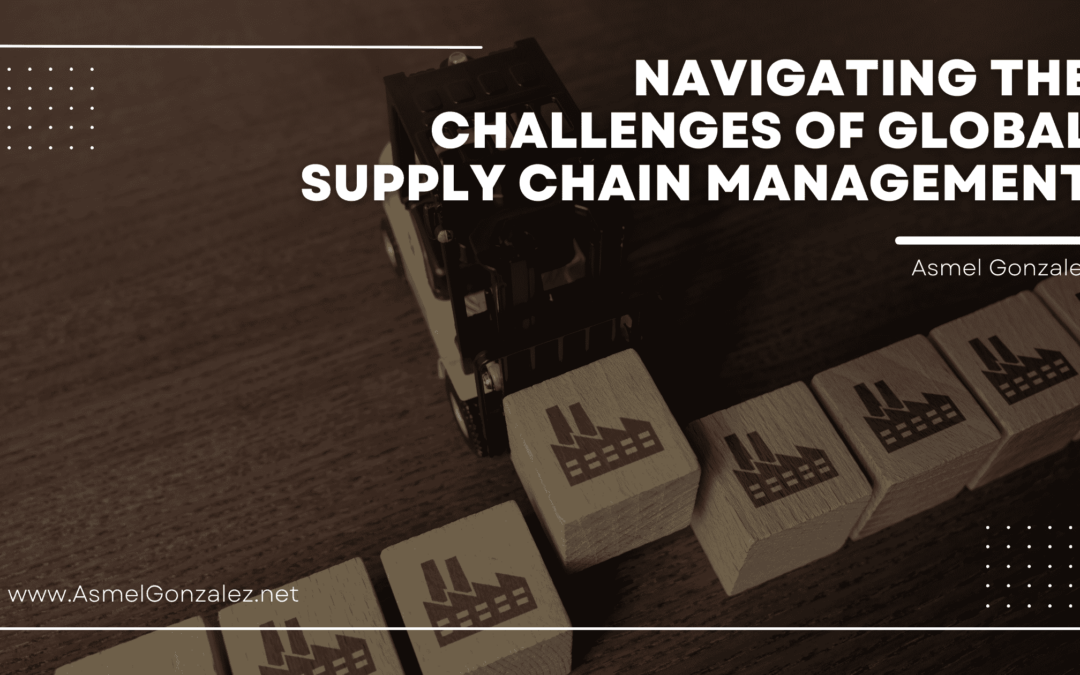Maintaining a global supply chain creates numerous problems for enterprises in today’s interconnected world. From material acquisition to finished product delivery, the intricacies necessitate careful navigation and strategic planning. In this section, we will look at some of the most common challenges that supply chain managers face and discuss how to overcome them.
1. Supply Chain Disruptions.
Natural disasters, geopolitical wars, and pandemics, such as the recent COVID-19 outbreak, are all potential sources of disruption. These disturbances can cause manufacturing delays, raw material shortages, and higher transportation expenses. To reduce these risks, businesses can create contingency plans, diversify their supplier base, and invest in technologies such as predictive analytics to proactively forecast and respond to disruptions.
2. Global Trade Regulations.
Navigating the complicated labyrinth of global trade regulations presents another important hurdle. Tariffs, customs procedures, and compliance standards vary by country, so supply chain managers must stay up to date on regulatory changes. Partnering with professional customs brokers and using trade management software can assist businesses in streamlining compliance processes and ensuring smooth cross-border transactions.
3. Inventory Management.
Balancing inventory levels is critical for cost optimization while satisfying customer demand. Overstocking takes up valuable capital and warehouse space, whilst understocking can result in lost sales and disgruntled customers. Adopting inventory optimization approaches like just-in-time (JIT) inventory systems and demand forecasting can help you find the proper balance and reduce carrying costs.
4. Communication & Collaboration
Collaboration and effective communication are critical in a global supply chain with a variety of stakeholders from various time zones and cultural backgrounds. Poor communication can result in misconceptions, delays, and inefficiencies. Embracing collaborative platforms, maintaining clear communication channels, and developing strong connections with suppliers and logistical partners can all help to improve supply chain coordination and alignment.
5. Cybersecurity Risks.
Supply chains are increasingly digitized, exposing them to cybersecurity risks. Cyberattacks on key infrastructure, such as transportation and manufacturing, can interrupt operations and compromise sensitive data. Implementing robust cybersecurity measures, including encryption, access controls, and frequent audits, is critical for protecting against potential cyber threats and guaranteeing supply chain integrity.
6. Sustainable and ethical practices
Consumers are demanding greater transparency and accountability for the environmental and social effects of the products they buy. Supply chain managers must traverse the challenges of maintaining sustainability and ethical practices throughout the supply chain, from responsible raw material sourcing to lowering carbon emissions during transportation. Adopting sustainable sourcing procedures, investing in eco-friendly packaging, and collaborating with suppliers who follow ethical labor standards can help you achieve consumer expectations while also contributing to a more sustainable future.
Managing a global supply chain presents numerous problems, including supply chain disruptions, regulatory complications, and cybersecurity concerns. Businesses may successfully manage these issues and build a resilient and efficient global supply chain network by implementing proactive tactics, employing technology, and encouraging collaboration.

